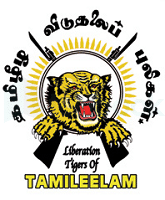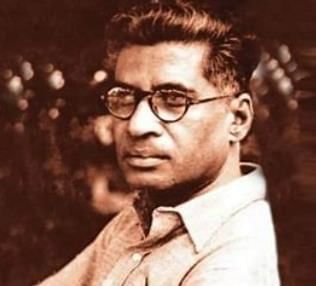Political Science: CUET Mock Test - 3 - CUET MCQ
30 Questions MCQ Test CUET Mock Test Series - Political Science: CUET Mock Test - 3
In which year did India conduct its second nuclear test in Pokhran?
Who is considered as the ‘Father of Indian Communism’?
Under which Article the President of India can imposed Emergency on ground of internal disturbances an external threats?
The international organisation that works for the protection of human rights all over the world is
The original member nations that signed the charter of the United Nations back in 1945 were
Which among the following would give more weightage to India’s proposal for a permanent member in the Security Council.
Trygre Lie was the first Secretary General from
How many non-permanent members does the UN Security Council have?
Which one of the following is not a permanent member of the U.N. Security Council?
The main objectives of the International Atomic Energy Agency are to promote the peaceful use of
When was World Trade Organisation was set up?
When was Nuclear Non-Proliferation Treaty signed?
How many States acceded to Chemical Weapons Conventions?
The multinational company Western Mining Corporation (WMC) belongs to
The Constitution of India provides for the safeguard of cultural and educational rights of minorities under fundamental rights of Article
|
8 docs|148 tests
|






















